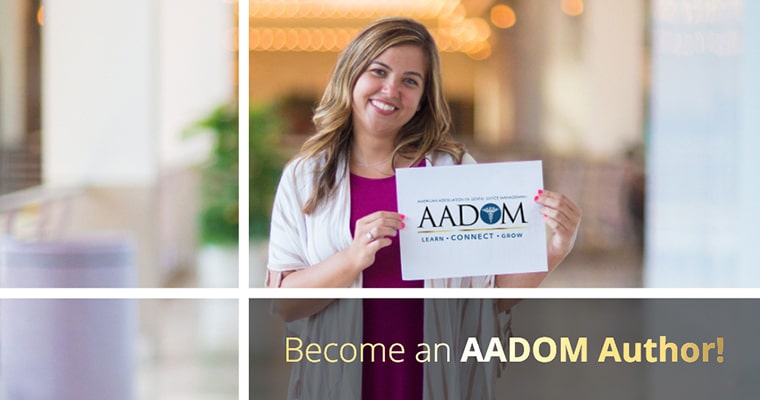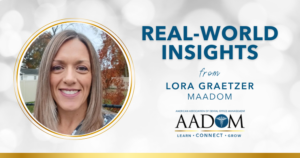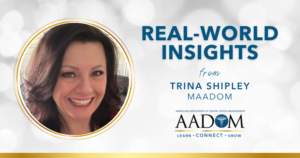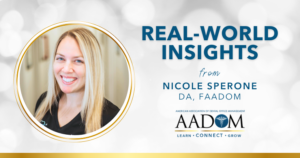Sleep Dentistry Basics You Should Know
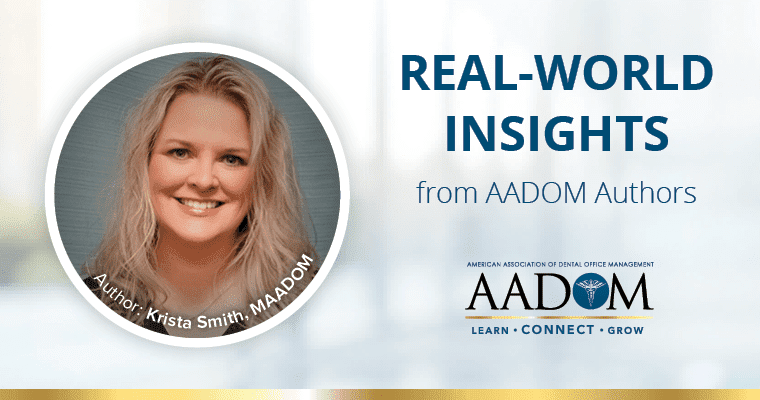
What is that mumbo jumbo?
It all has something to do with sleep apnea.
What would happen if your doctor came to you wanting to incorporate all of those terms into the dental practice?
You’re sitting there with a blank stare on your face thinking:
“Help! I don’t know anything about sleep apnea! What do those acronyms mean? This is going to be a massive headache, more stress on me, and medical insurance nightmares…”
And your brain slowly goes spiraling out of control.
Those thoughts are excellent questions and concerns to have. The answer may not be as simple as you hoped, but there is help out there!
The few of us who have already incorporated dental sleep medicine into our offices have had the same questions flood our minds.
You are not alone, and you CAN make it!
However:
There is a lot of learning and training that needs to happen before you can effectively implement these services into your practice.
Sleep dentistry abbreviations
As a brief introduction, let’s break down the acronyms and discuss what they mean.
We’ve been using terms like MODs, BW, and FMXs for years. Now it’s time to add some medical terms to our already filled, overflowing brains!
Here’s the “cliff notes” version.
Apnea
It means “no breath.” A cessation, or near cessation, of respiratory airflow that lasts 10 seconds or longer.
OSA
Obstructive sleep apnea (OSA) is the most common form of apnea that occurs when there is an obstruction of soft tissues, causing upper airway blockage in the throat.
CSA
Central sleep apnea is a type of apnea that occurs when the brain cannot send the proper signals to the muscles that control breathing.
Mixed
A combination of both obstructive and central sleep apneas.
OAT (Oral Appliance Therapy)
MRA (Mandibular Repositioning Appliance)
MAD (Mandibular Advancement Device)
These are dental appliances used to treat or manage snoring and obstructive sleep apnea. A removable oral appliance is worn while you sleep to support the mandible in a forward position to maintain an open airway.
CPAP
The continuous positive airway pressure (CPAP) machine gently blows pressurized air through the airway at a constant rate to keep the throat from collapsing.
HST
This is a self-administered home sleep test, where the patient completes the sleep study in the comfort of their own home. This is also known as Level 3 testing.
PSG
Polysomnography (PSG) is a sleep study that requires an overnight stay in a sleep lab with a technician in attendance. This is Level 1 testing.
AHI
Apnea hypopnea index is used to measure the severity of sleep apnea. The apneas must last for at least 10 seconds and be associated with a decrease in blood oxygenation.
DME
Durable medical equipment is any equipment that provides therapeutic benefits to a patient because of certain medical conditions or illnesses.
Levels of sleep studies used
There are 4 levels of sleep study testing, although levels 1 and 3 will most likely be the ones you use most often.
Level 1
A PSG that captures seven channels of data, including monitoring of brain waves (EEG), heart rhythm (EKG), respiratory, cardiovascular and neurologic parameters, and duration of sleep. This requires a sleep technician to be in attendance.
Level 2
A PSG that is the same as Level 1; is performed without a technician in attendance.
Level 3
Testing that uses portable monitors (HST) to be used at the patient’s home or elsewhere and records at least three channels of data (ex: oximetry, airflow, respiratory effort).
Level 4
A device that’s also portable, but captures less data, usually only one or two channels.
What’s next?
Now that you’ve learned the basic terminology of sleep medicine, what’s next?
Can we just make an appliance for the patient? Not quite.
The patient must have a sleep study completed determining the diagnosis and severity of sleep apnea.
After the sleep study results are received and interpreted by a physician, the physician must write a prescription and referral to the dentist for an appliance.
There are requirements and recommendations of treatment and monitoring of the appliance by a dentist set forth by the Dental Board, the American Academy of Dental Sleep Medicine (AADSM)… This text opens a new tab to the AADSM website…, and the American Association of Sleep Medicine (AASM)… This text opens a new tab to the AASM website….
The dentist should pursue education and training in dental sleep medicine from AADSM before treating sleep apnea in their office.
If patients are not managed correctly, and a continuing care plan has not been established, the device could be detrimental to their health.
What about medical insurance?
Medical insurance.
Two words that can make our dental hearts do a flip!
If the patient is requesting coverage from their medical insurance, you’ll need to verify what specific documentation is required.
Of course, we’re familiar with the term “PPO.” In dentistry, we can submit to PPO plans even if we are not in the patient’s insurance network as a contracted dentist and still obtain payments/benefits.
With medical insurance, it is not that easy as there are in and out of network benefits.
If your doctor is not contracted with the medical insurance carrier and a claim is submitted, the claim will automatically be processed under the out of network benefits.
Out of network medical benefits
Out of network medical benefits are usually quite different than in-network benefits.
Out of network benefits generally mean the patient will have a higher out of pocket expense.
It’s recommended to request a GAP Exception or Network Deficiency.
GAP exceptions are when you request the insurance carrier to cover your services at the in-network level. Prior authorizations are usually required, must be done separately from the GAP request, and must be obtained and approved before delivering the appliance to the patient.
Another thing to consider with medical insurance carriers is that they don’t provide the dollar amount of coverage with the prior authorizations as dental insurance carriers do.
Submitting claims?
Claims must be submitted on a CMS-1500 form (and can also be sent electronically) and must include:
- The referring physician’s name
- NPI
- ICD-10 code (diagnosis code that is obtained from the referring physician)
- CPT Code (Similar to the dental CDT codes)
- HCPCS code
- A modifier.
Receiving payment from the insurance company isn’t always easy.
Most of the time, if you’re considered out of network, the insurance company may send the payment to the patient. You will want to consider how you will collect the payment from the patient if this situation should occur.
Easy-peasy lemon squeezy?
Not necessarily, but hopefully, this information will help you begin the first steps when it comes to implementing sleep apnea treatment in your office.
Once you get the hang of it and learn the new “language,” it does get easier!
Smile, you’ve got this! Or should I say, just breathe!
Meet the Author
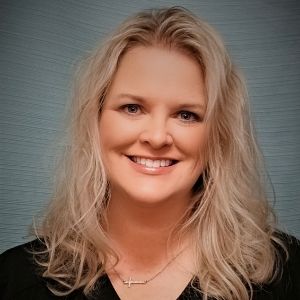 Krista Smith, MAADOM, is the office manager at Powell Dental Group… This text opens a new tab to the official website… in Powell, Ohio.
Krista Smith, MAADOM, is the office manager at Powell Dental Group… This text opens a new tab to the official website… in Powell, Ohio.
She has over 20 years of experience in general dentistry, oral surgery, endodontics, dental sleep medicine, and practice consulting.
She is also the founder and president of the Columbus, Ohio AADOM Chapter… This text opens a new tab to the chapter’s website….
Krista has a passion for helping other dental professionals further their knowledge and careers in the dental industry.



